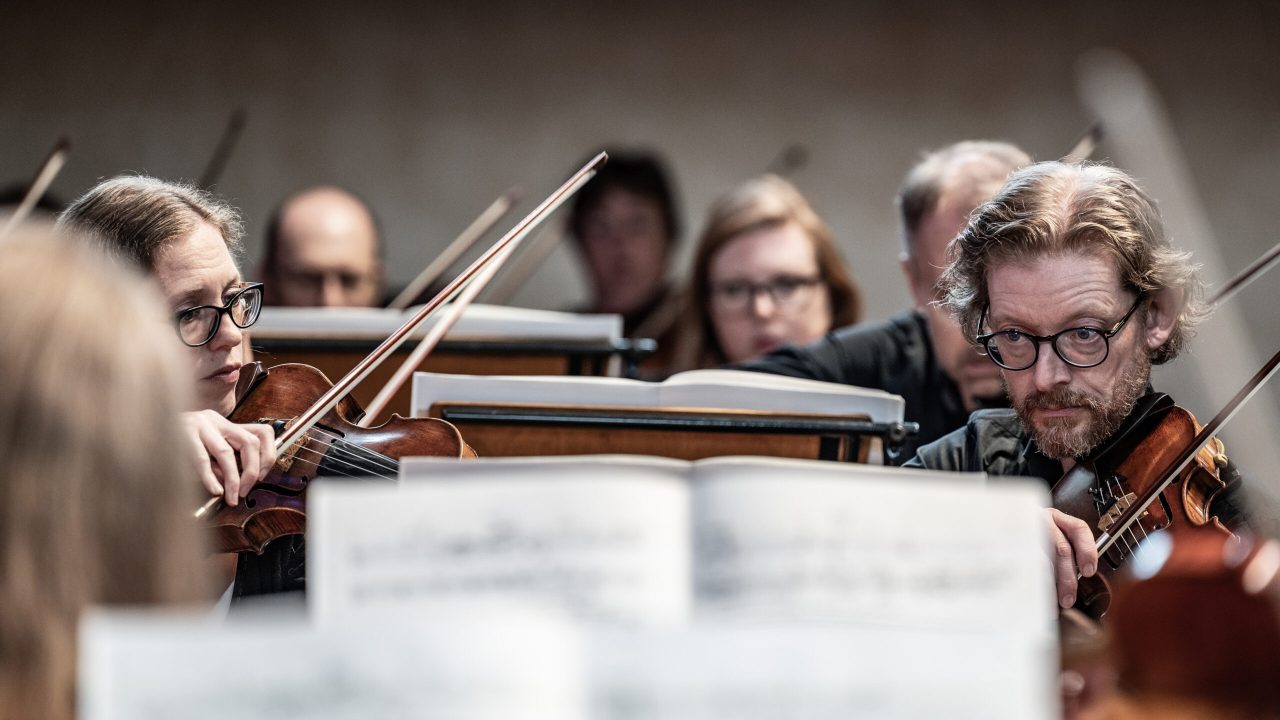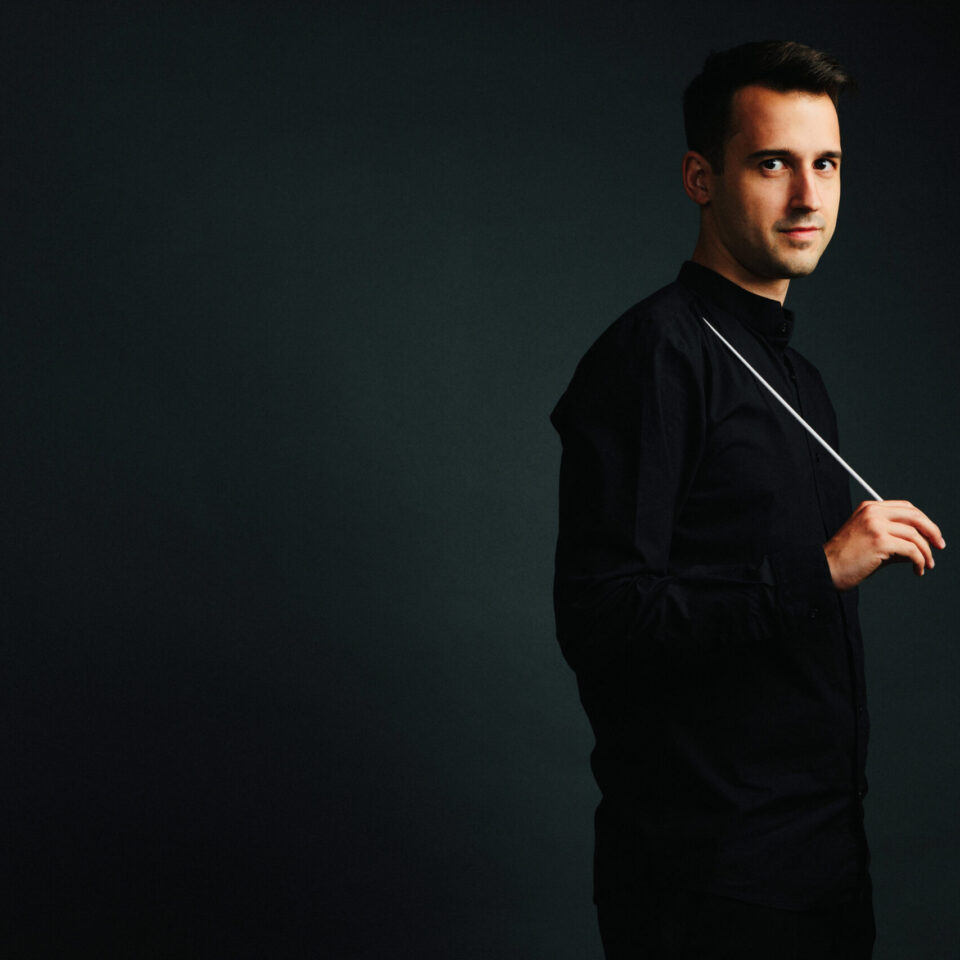Kensington Symphony Orchestra returns to Sinfonia Smith Square on Monday 25 November, when soprano Monica McGhee joins the group for a performance of Mahler’s Symphony No.4 (1899-1900).
Shorter in length and using smaller orchestral forces than the composer’s earlier symphonies, the four-movement work boasts a disarmingly tuneful opening, followed by a scherzo that depicts Death at his violin, contrasted with Ländler-style trios.
After an extended Adagio that Mahler considered his finest slow movement, the finale incorporates a song for soprano – Das himmlische Leben, or ‘The Heavenly Life’, completed in 1892 – that presents a child’s vision of heaven.
Although the work – inspired by the German folk poetry collection Des Knaben Wunderhorn and largely written during Mahler’s summer holidays in Austria – was initially negatively received, critics have since argued that its accessibility was a driving force behind the post-war rise in the composer’s popularity.
The concert opens with Swedish composer Andrea Tarrodi’s Serenade in Seven Colours (2013), written for woodwind and percussion. Inspired by Mozart’s Serenade for 13 Winds No.10, ‘Gran Partita’ and Quiet Nights by jazz musicians Miles Davis and Gil Evans, her kaleidoscopic showpiece progresses from shimmering impressionistic textures to an explosion of colour.
Conductor Russell Keable also leads KSO’s string section in Grace Williams’s Sea Sketches (1944), a five-movement work evoking life on and near the water, and featuring long flowing lines inspired by the sea. One of the Welsh composer’s most popular pieces, it was written while she was living in London but anticipating her return after the Second World War to her home town of Barry in South Wales.

